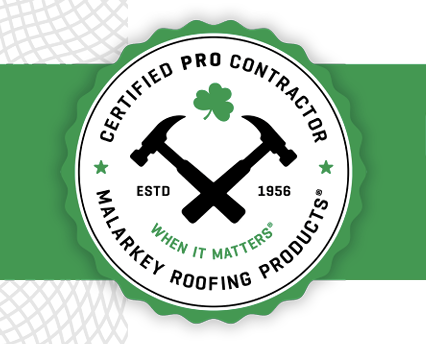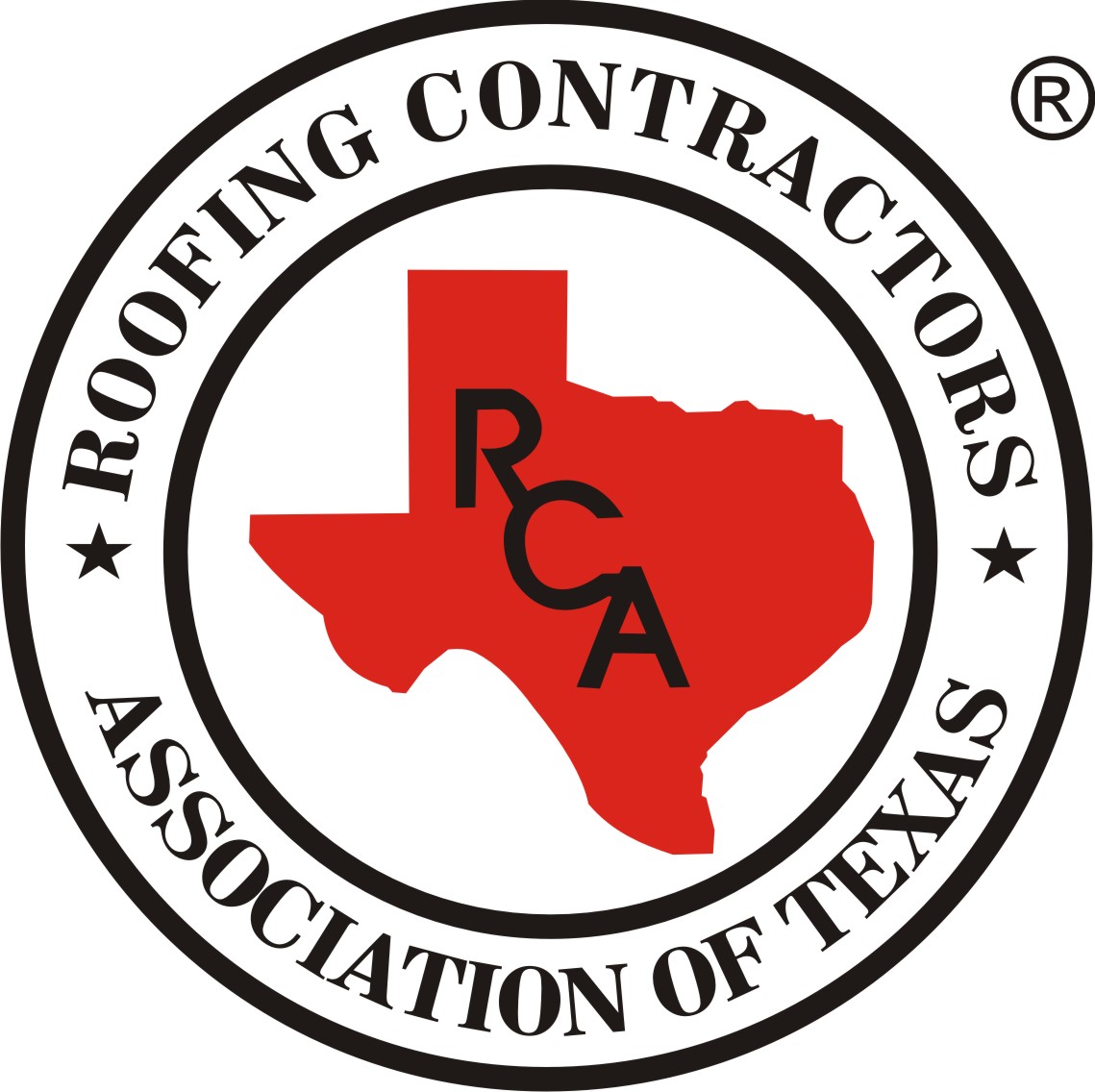Whether you’re planning a roof replacement, dealing with repairs, or simply want to understand your home better, knowing the essential roof parts and their functions is crucial. Roofs are more than just shingles, metal, or tiles – it’s made of many different parts working together to protect your home or property from the elements. Here we’ll explore the structural, protective and water management elements.
Structural Components: The Bones of your Roof
Just like your body has bones to hold you up, your roof has rafters or trusses. These are big wooden beams that make the roof structurally strong. They form your roof’s backbone, supporting the entire weight and distributing loads to your home’s walls. Rafters are long, sloped beams that run only along the roof base, providing open attic space and potential for expansion. Trusses are beams that run across the space between the sides of a roof with triangular structures.
At the very top of your roof is the ridge beam. This is where all the rafters meet at the top; kind of like the top of a tent. It’s the highest part of your roof. Ceiling joists provide additional structural support while creating the framework for your interior ceiling. These pieces are horizontal and connect the two sides of the roof.
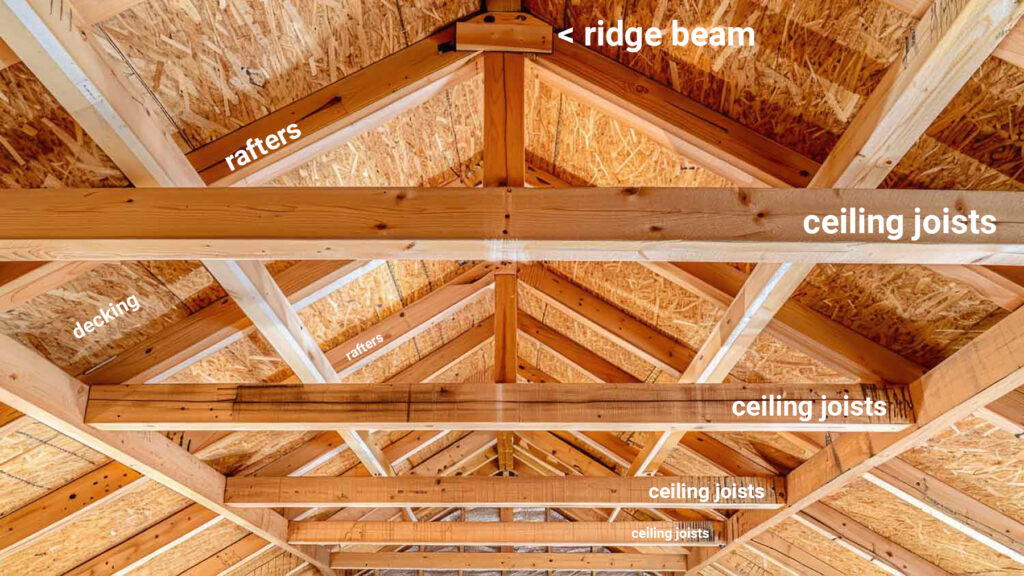
Your Roofs Protective Layers
On top of the wooden bones, builders put down roof decking. This is like big sheets of wood that cover everything. Think of it as the roof’s skin. Decking is typically made from plywood or OSB (oriented strand board). It creates a solid surface over the structural framework. This foundation supports all other roofing materials.
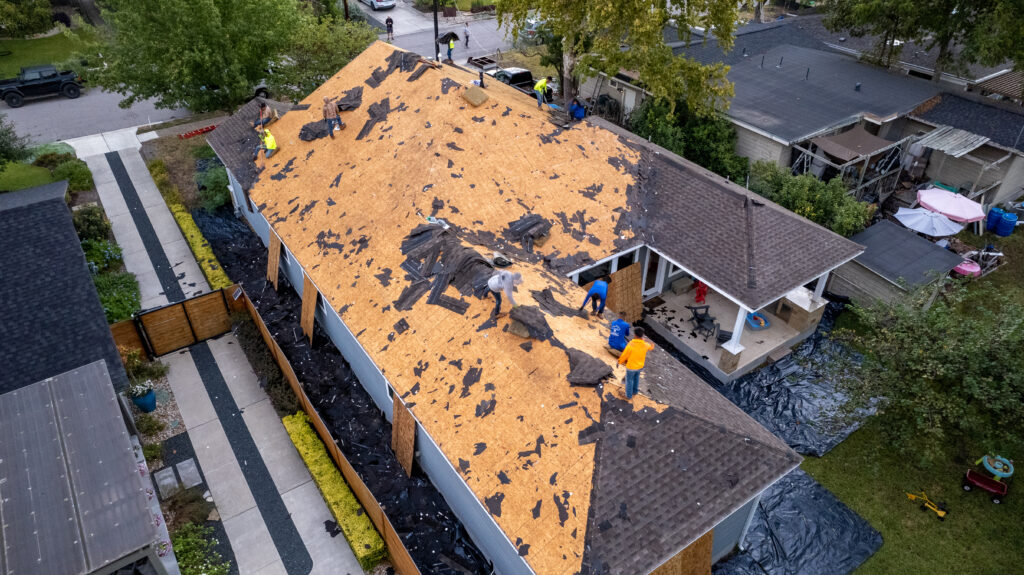
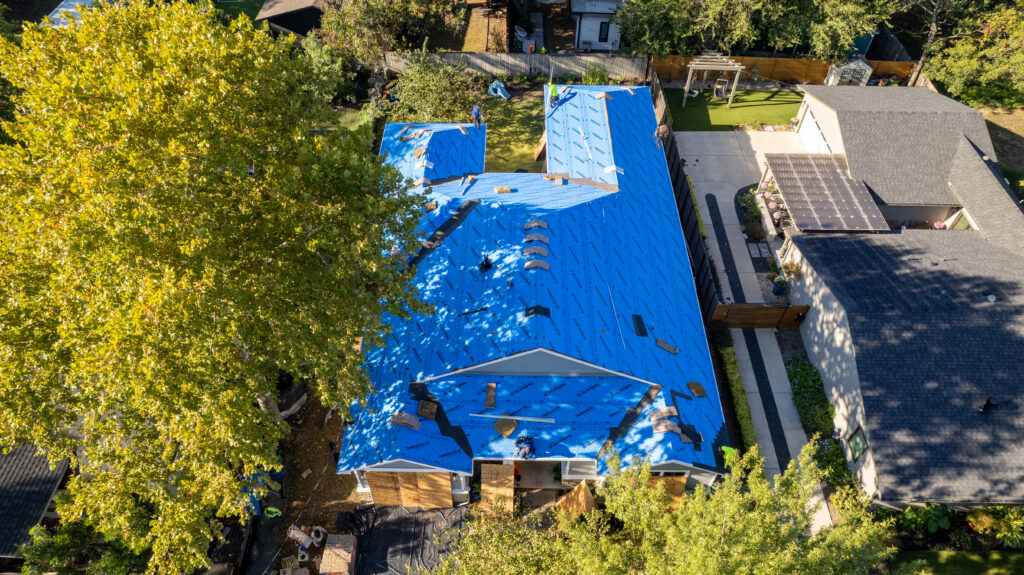
On top of the decking goes the underlayment. This serves as a critical waterproof barrier, protecting your home even if the outer roofing material is damaged. The part of the roof we are all familiar with is generally referred to as the roofing material or roof type. This might be shingles, metal sheets, or tiles. The visible roofing material provides the primary weather protection while defining your home’s aesthetic appeal. Learn more about the different roof types, lifespans, costs and pros and cons.
Water Management Systems & Finishing Elements
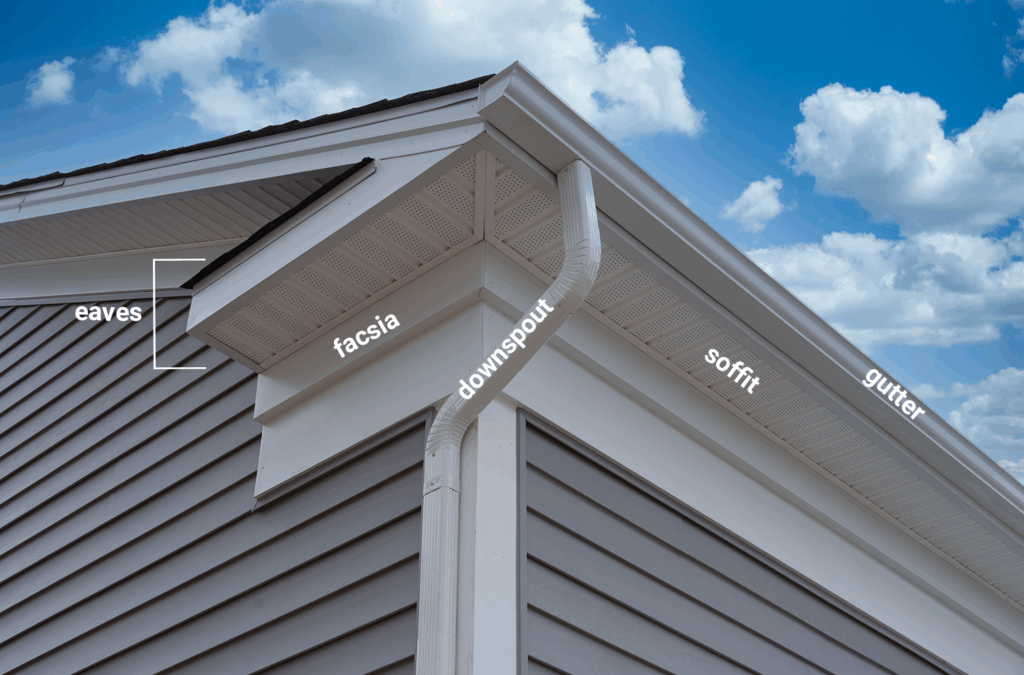
Drip edges direct water flow into gutters rather than behind them, preventing fascia and soffit damage. While a roof cricket (seen here at minute 1:46), is an upgraded option for roofs that also helps direct water. It is a triangle shape against the chimney that directs water flow off of the roof towards gutters, protecting it from the damage stagnant water can cause.
The soffit is the underside of the roof that overhangs the side of the house. And fascia are vertical boards at roof edges against the house. Theses provide a clean finishing touch to the home while supporting gutters and downspouts. Additionally, eaves are the parts of the roof that extend beyond exterior walls. These are usually extend a couple of feet beyond the wall of a house. They create a covered outdoor space and can further help to drive water away from the home’s foundation.
Understanding these roof parts helps homeowners communicate effectively with contractors, identify potential problems early, and make informed decisions about maintenance and repairs. Regular inspection of these components, especially after severe weather, can prevent minor issues from becoming major expenses.
Follow along for part two, where we discuss roof ventilation and the importance of proper ventilation of your roof.


